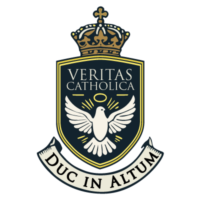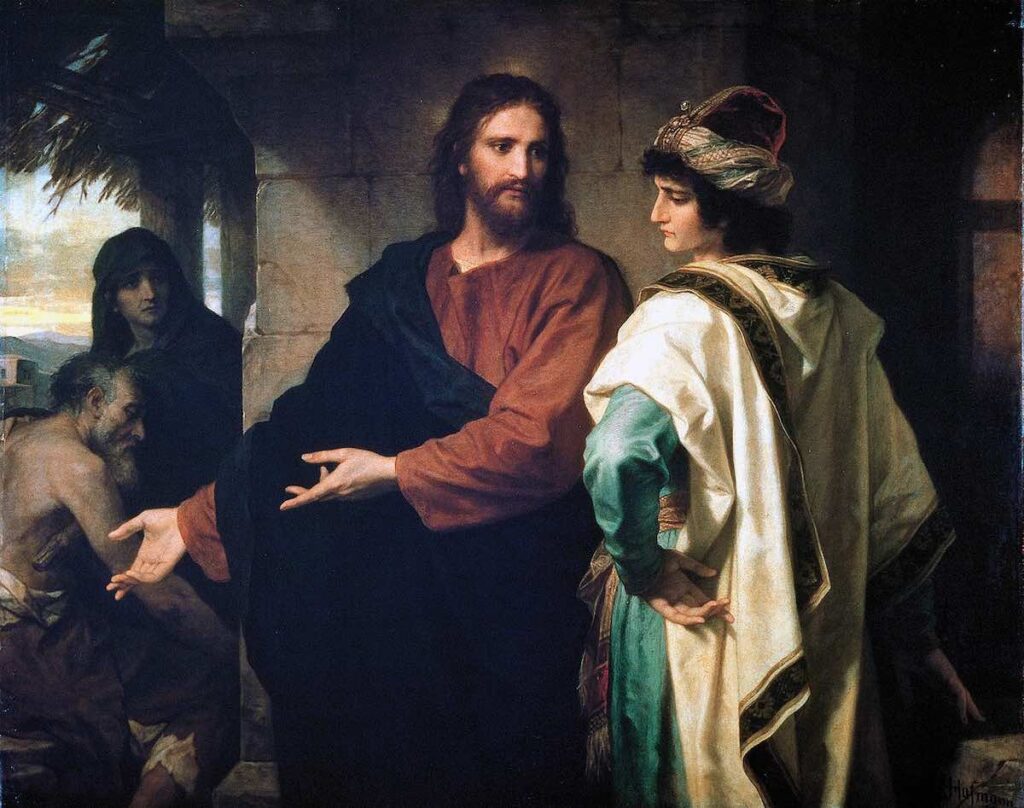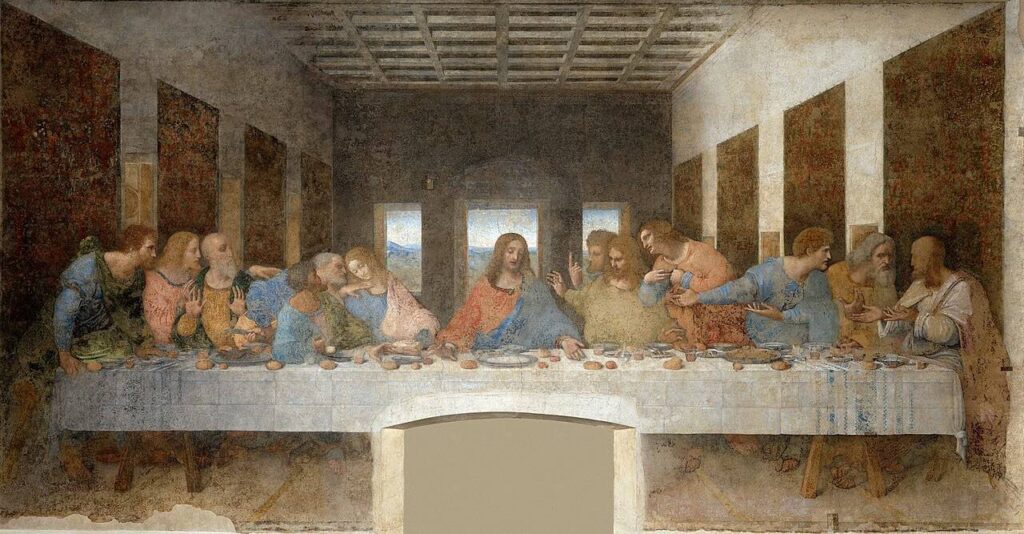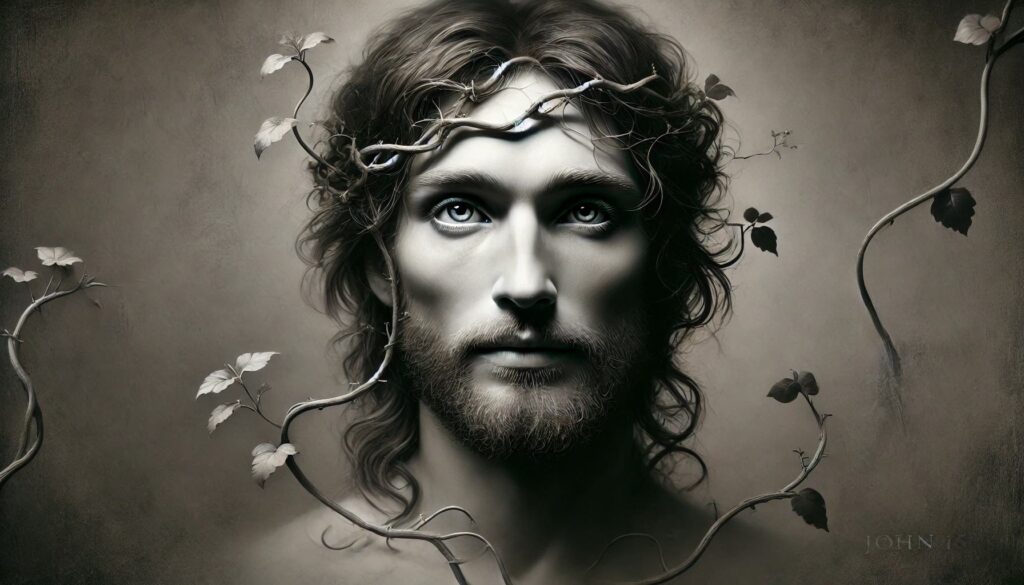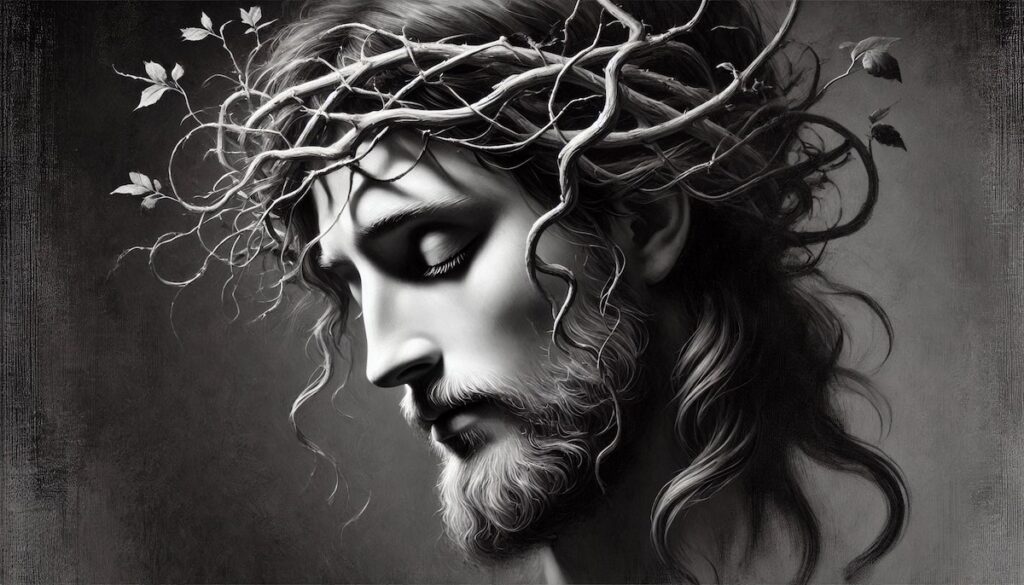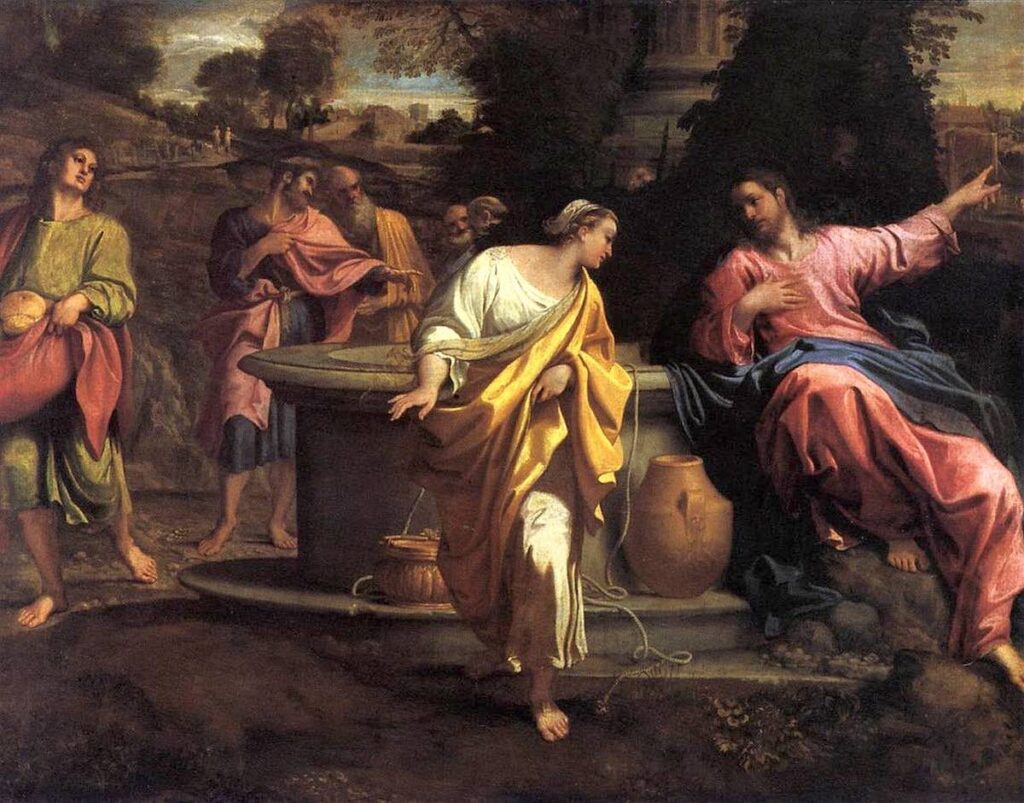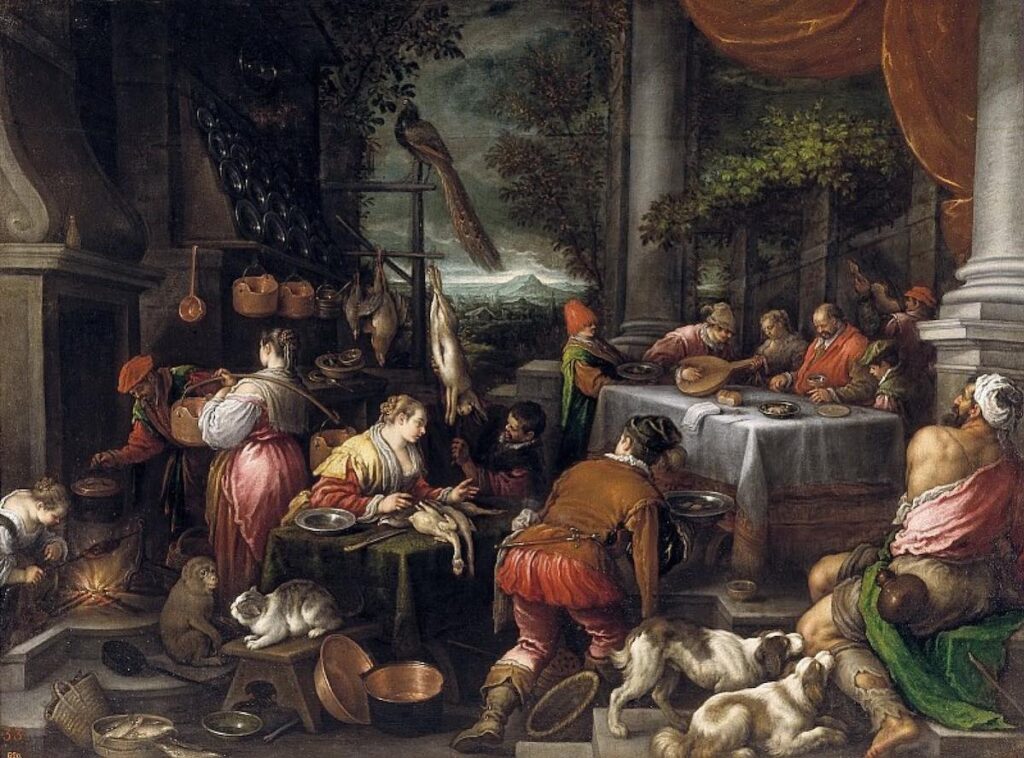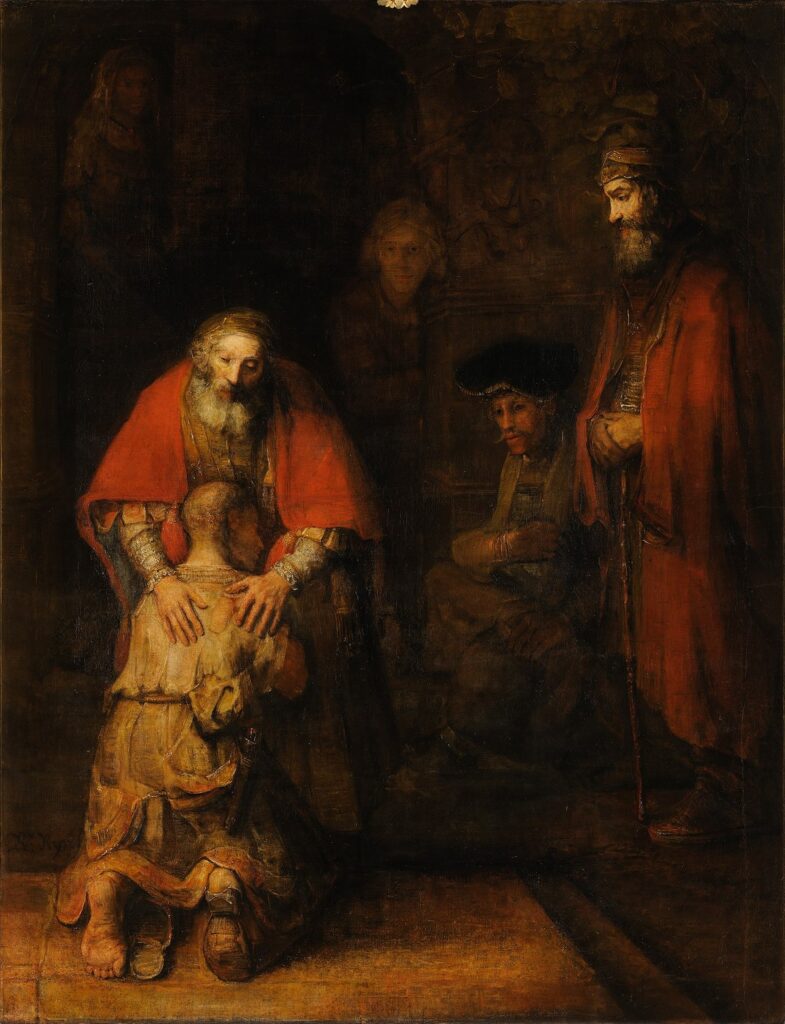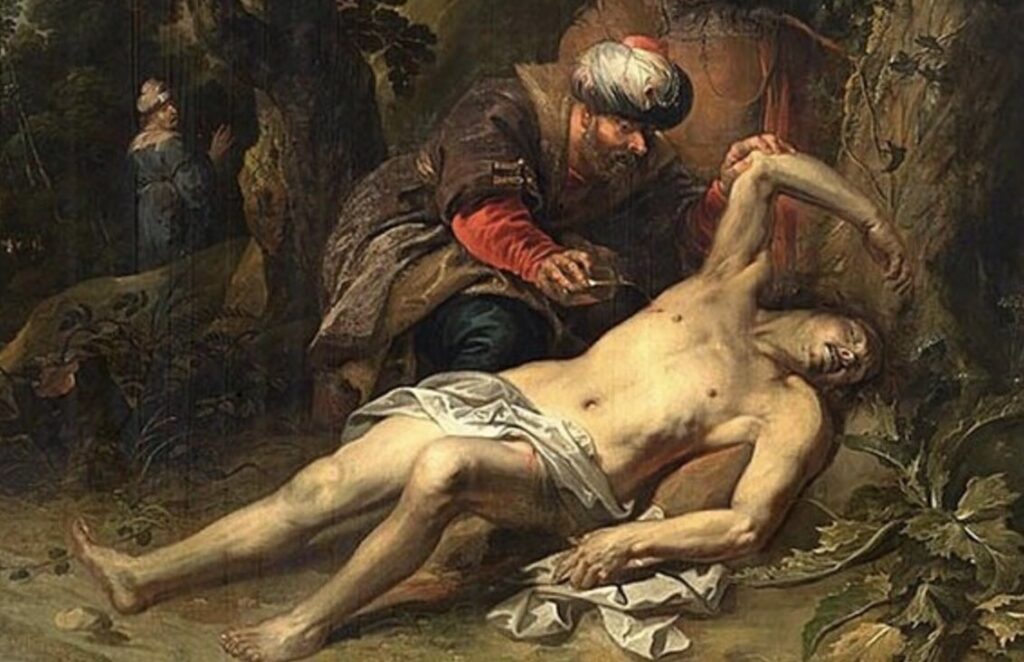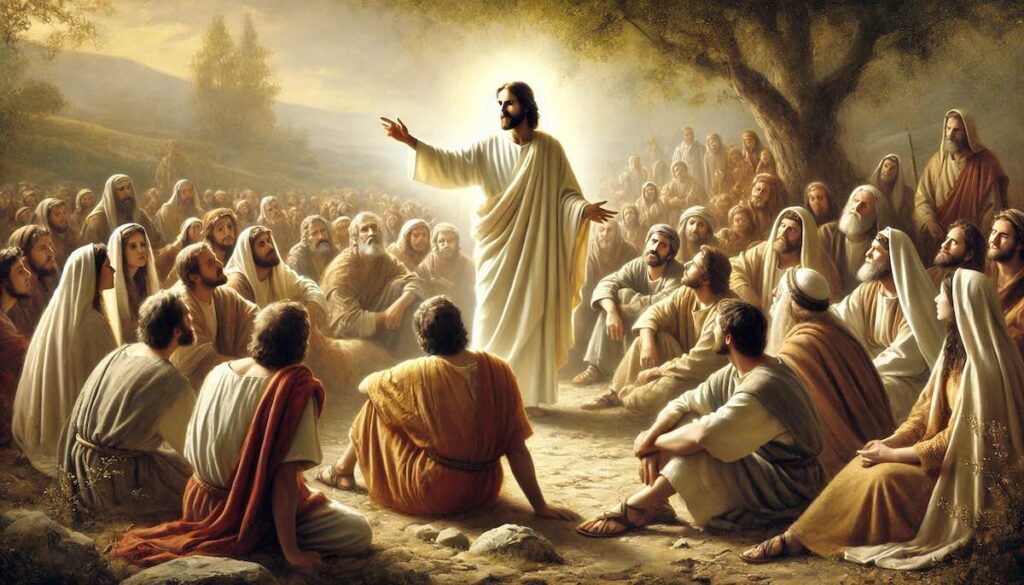Why do you call me good? Jesus’ response to the Rich Man
The statement “Why do you call me good? No one is good but God alone” comes from the Gospel of Mark (10:18) and is a reply Jesus gives to a rich young man who calls Him “Good Teacher” while asking what he must do to inherit eternal life. On the surface, it seems like Jesus […]
Why do you call me good? Jesus’ response to the Rich Man Read More »
